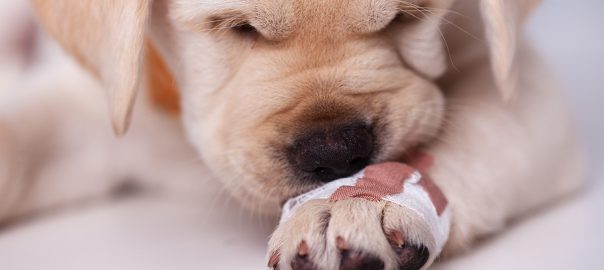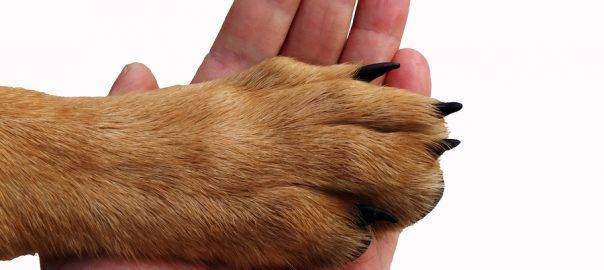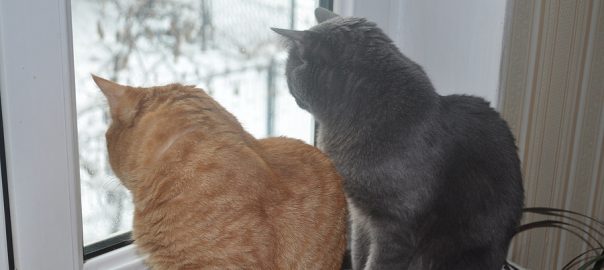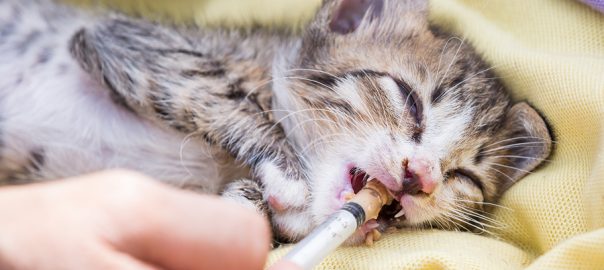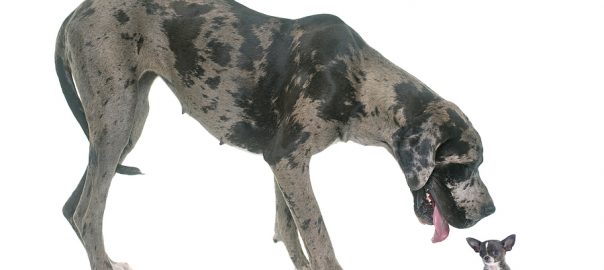There are plenty of over-the-counter first aid products that are safe to use on our own scrapes and minor wounds, but many of them are dangerous for pets. Do you know which ones?
Q: I always used hydrogen peroxide to clean my pet’s scrapes or minor wounds, but I was told recently that’s bad for their skin. Is that true? If it is, how should I clean and disinfect scrapes or cuts?
A: Lots of us grew up watching the satisfying fizz when mom pulled out a splinter and cleaned the wound with hydrogen peroxide. Since it is used in some instances for making pets vomit when they’ve eaten something they shouldn’t, it seems like it would be a good choice for cleaning wounds as well to prevent infection.
The reason it’s not is because it can damage living tissue and delay healing. To clean most minor wounds, the best thing to do is to sluice the area with warm tap water or warm saline solution to remove any dirt and debris. Other good cleansers include povidone-iodine or a dilute solution of chlorhexidine.
You can, however, use hydrogen peroxide to disinfect minor wounds if you dilute it first. The proportions are 1 part hydrogen peroxide to 3 parts water.
What not to use? Definitely avoid witch hazel and alcohol, which sting like crazy. Tea tree oil is another substance that should not be applied to wounds. It and other essential oils can be harmful to pets when applied topically or given orally, especially at full strength.
Ask your veterinarian what he or she recommends to apply to wounds for healing. You might be surprised to learn that often the answer is “nothing.” Ointments and creams can sometimes interfere with healing. And it’s best to avoid antibiotic creams or ointments made for human use. While you might not lick or chew at your wound — at least, I hope you don’t — your dog or cat will. Ingesting some of these products isn’t good for them.
There’s more – including a guide to cleaning your pets’ toys and other gear – in Pet Connection, the weekly nationally syndicated pet feature I co-write with Kim Campbell Thornton and my daughter, trainer Mikkel Becker.
